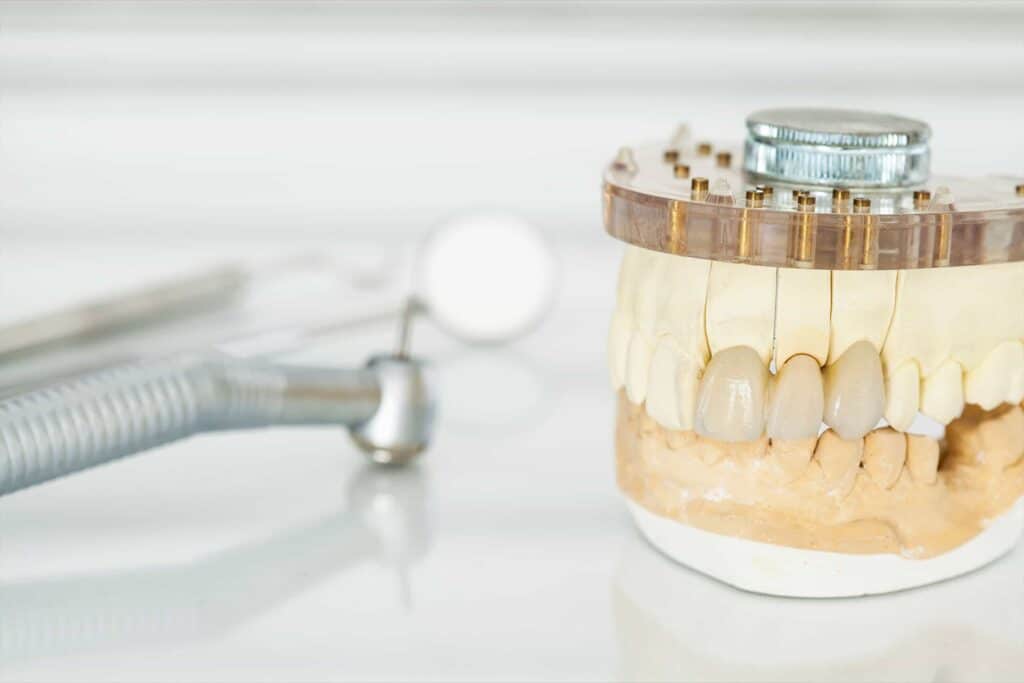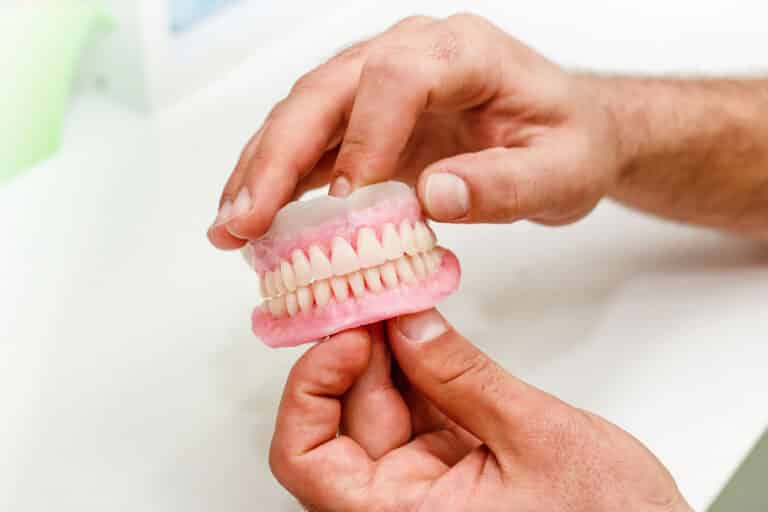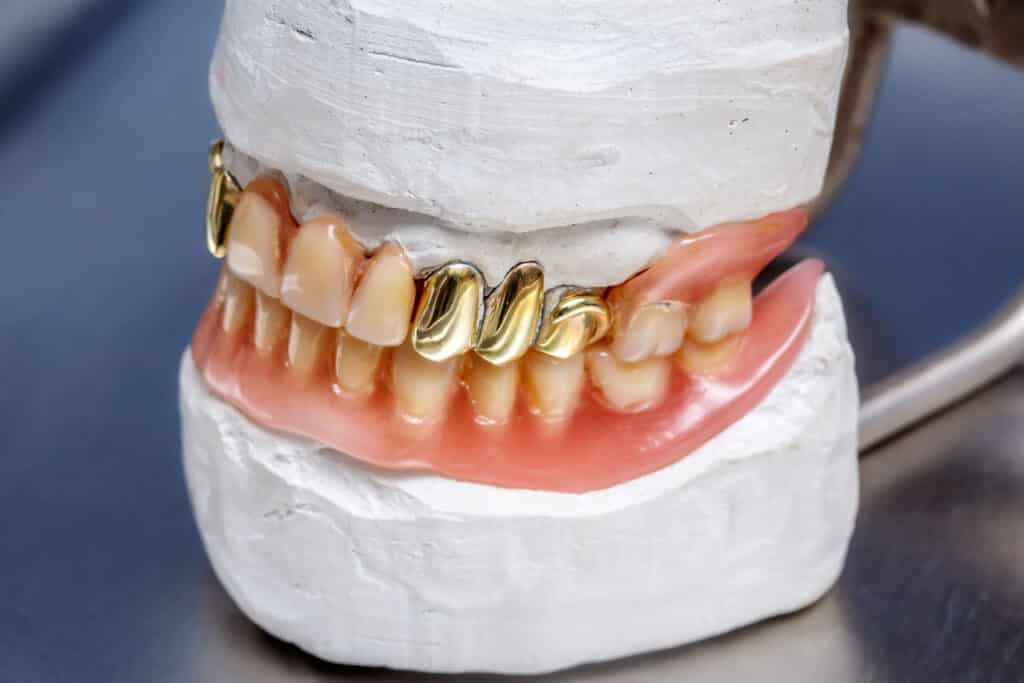What is Platelet Rich Fibrin (PRF)?
PRF, or Platelet Rich Fibrin, is a procedure that enhances healing post-surgery, particularly for soft tissue repair. First, we draw your blood into several vials before spinning them in a centrifuge, which separates the blood components. From each tube, we extract a fibrin clot, packed with healing and growth factors, and apply it to the surgical sites. As we use your own blood, the risk of rejection is non-existent. However, PRF does not form bone as effectively as other bone grafting materials, so it’s most effective when used in conjunction with other materials.
What Are Inlays or Onlays?
Also known as partial crowns, inlays and onlays function much like crowns without covering the entire tooth. They only cover a portion of the tooth and are suitable in certain circumstances. Inlays do not cover the cusp, while an onlay covers at least one cusp of a back tooth. Their use depends mainly on whether the remaining tooth structure is at little to no risk of fracture. Inlays or onlays can be metal, typically a gold alloy, or a white porcelain. Their creation process mirrors that of a full crown, and like a full crown, they generally outlast fillings.
Why Do I Remember Small Parts Of My Sedation Appointment?
Most people are comfortable with intravenous (IV) moderate sedation, which doesn’t render the patient unconscious. To achieve unconsciousness during sedation, patients must experience deeper sedation levels that require intubation. During deeper sedation, patients become unconscious, need assistance breathing, and don’t remember anything. However, patients undergoing IV moderate sedation may awaken and recall some of the appointment. If this occurs, the doctor usually administers more sedative to deepen the sedation and induce forgetfulness. A commonly used drug, midazolam, triggers forgetfulness in approximately 20-minute intervals. Hence, patients might remember brief moments of the appointment – the periods between the drug’s effects wearing off and additional drug administration.
What Is Bread And Butter Dentistry?
Bread and butter dentistry covers the most common procedures that every dentist learns at some point. These are usually non-specialty procedures such as fillings, cleanings, crowns, partial crowns, full dentures, partial dentures, certain root canals, and some extractions. They represent a significant proportion of the ‘basic’ procedures performed most frequently. Of course, this list doesn’t exhaust all the procedures, but dentists typically view these as bread and butter procedures.





